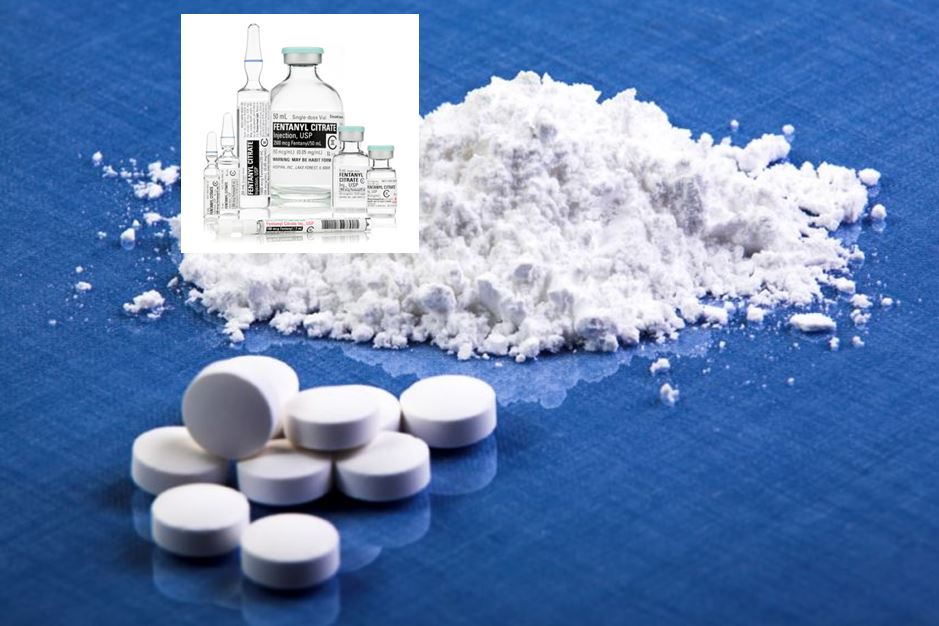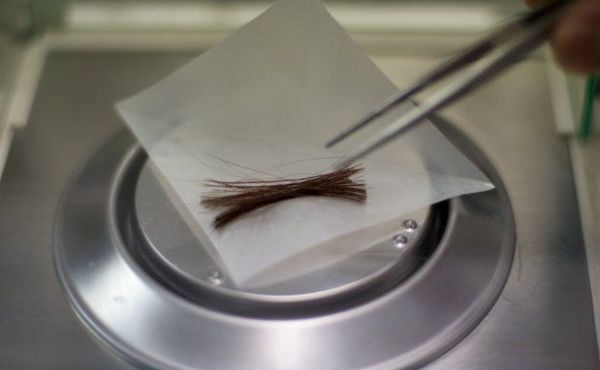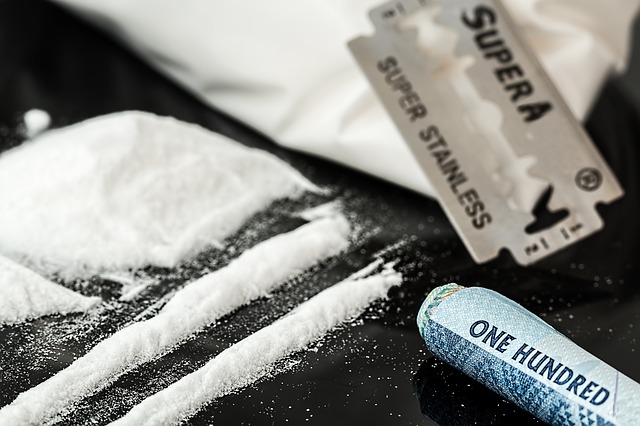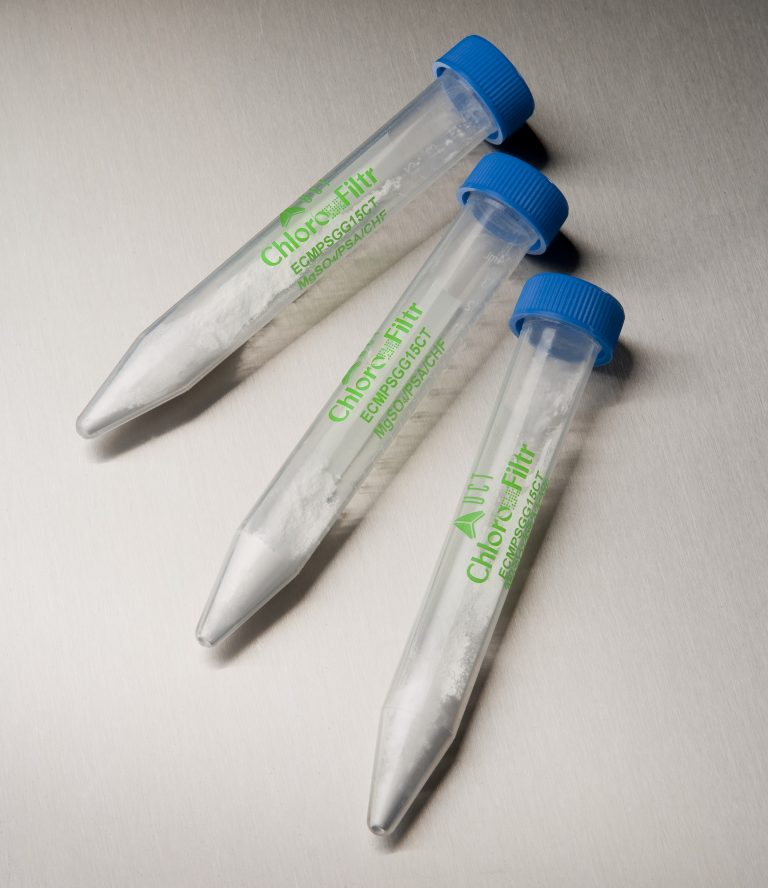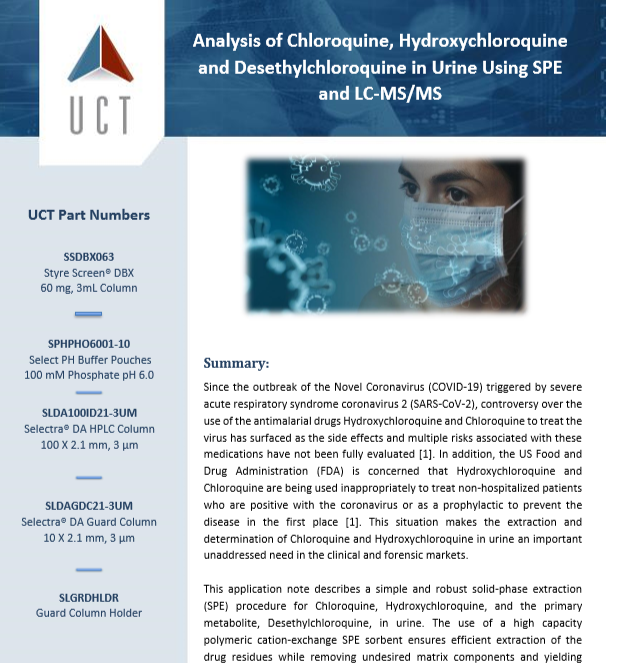UCT Flagship Sorbent Cited in Synthetic Fentanyl Analysis Article
The United States and numerous other countries worldwide are currently experiencing a public health crisis due to the abuse of illicitly manufactured fentanyl (IMF) and its analogs. Fentanyl causes depression of the respiratory and central nervous system in a dose-dependent manner. Even more alarming is the fact that new IMF analogues are being synthesized in Asian countries and marketed on a regular basis across United States and Europe in an attempt to stay ahead of regulations. Many of these analogues have increased potency compared with IMF. For example, carfentanil or the so called “elephant tranquilizer” entered the U.S. market in July 2016 and is known to be 100 times more potent than the parent compound fentanyl.
In a recent paper authored by Kraig E. Strayer et al., published in ACS Omega ((2018) 3 514-23), UCT’s famous flagship sorbent Clean Screen ® DAU was employed to extract fentanyl analogs from whole blood. The authors describe the development and validation of a solid phase extraction (SPE) process combined with liquid chromatography tandem mass spectrometry-based method for the multiplex detection of 24 IMF analogues and metabolites in whole blood at concentrations as low as 0.1−0.5 ng per mL using the UCT sorbent.. The analyzed IMFs included fentanyl, norfentanyl, furanyl norfentanyl, remifentanil acid, butyryl norfentanyl, remifentanil, acetyl fentanyl, alfentanil, AH-7921, U47700, acetyl fentanyl 4-methylphenethyl, acrylfentanyl, para-methoxyfentanyl, despropionyl fentanyl (4-ANPP), furanyl fentanyl, despropionyl para-fluorofentanyl, carfentanil, (±)-cis-3-methyl fentanyl, butyryl fentanyl, isobutyryl fentanyl, sufentanil, valeryl fentanyl, parafluorobutyryl fentanyl, and para-fluoroisobutyryl fentanyl.
22 of the IMF analogs could be easily distinguished from one another; the isomeric forms butyryl/isobutyryl fentanyl and parafluorobutyryl/para-fluoroisobutyryl fentanyl could not be differentiated. 13 of these IMF analogues were quantified for illustrative purposes, and their forensic quality control standards were also validated for limit of detection (0.017−0.056 ng per mL), limit of quantitation (0.100−0.500 ng per mL), selectivity/sensitivity, ionization suppression/enhancement (87−118%), process efficiency (60−95%), recovery (64−97%), bias (<20%), and precision (>80%).
The authors report the successful implementation of this flexible, time- and cost-efficient method in a regional crime laboratory in Ohio, USA where it aided in the analysis of 725 postmortem blood samples for the analysis of fentanyl analogs.
This report demonstrates why when faced with the challenges of new fentanyl analogs, forensic toxicologists turn to UCT for the finest of SPE sorbents for the highest quality results. For more information about the Clean Screen® DAU, please visit https://sampleprep.unitedchem.com/products/spe/clinical-forensic/clean-screen-dau

